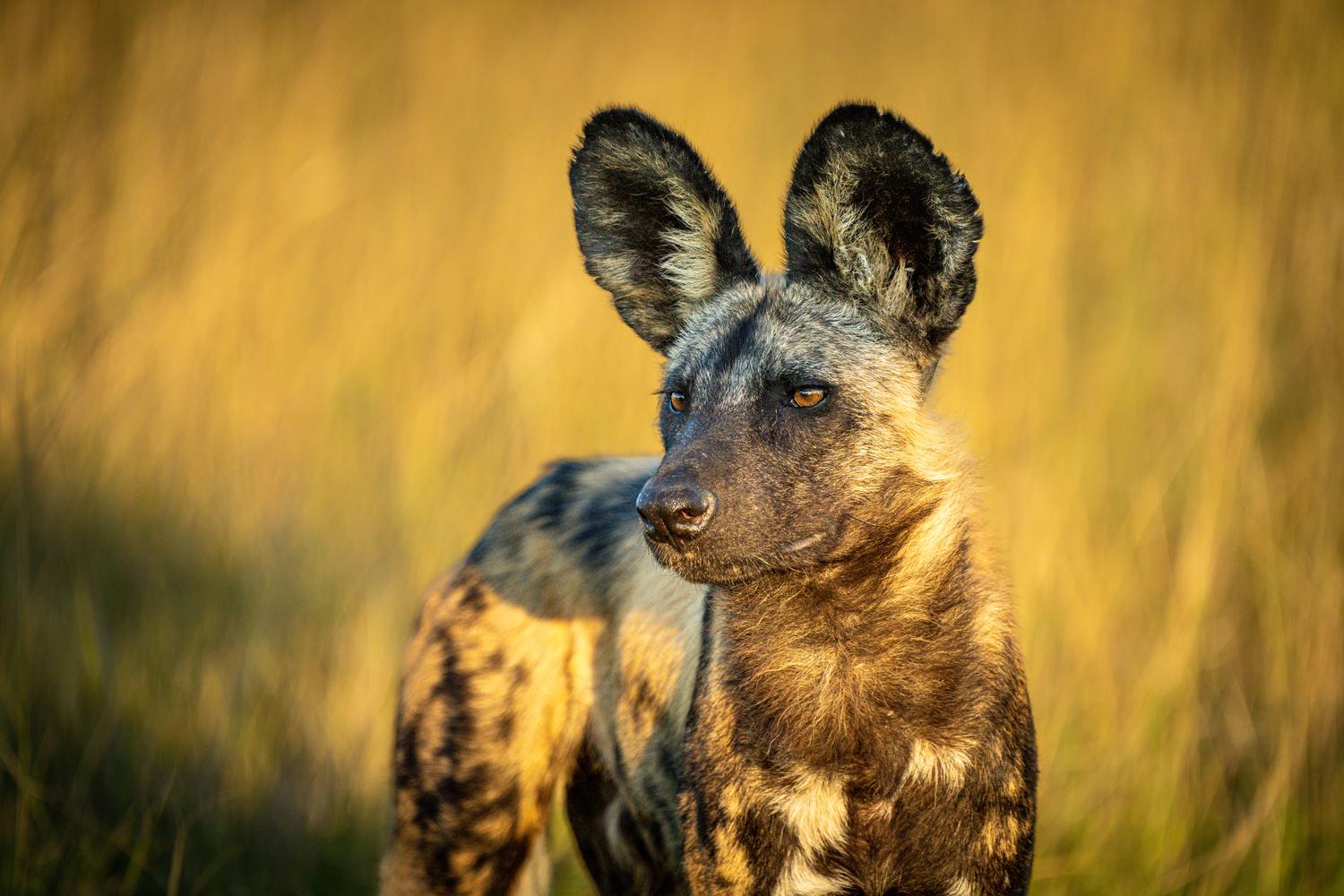As countries ramp up efforts to stem a wave of species extinctions amid a global biodiversity crisis, overcoming data gaps is critical to effective conservation.
A new study finds that “camera traps” — which have heat and motion-activated sensors that can continuously monitor species’ habitats for weeks or even months — could be the missing link to gathering valuable biodiversity data.
“Camera traps, and the information they yield, offer a window into the health and habitats of wildlife species,” said Conservation International’s Nicole Flores, a study co-author. “Without that data, efforts to protect biodiversity are like shooting a dart in the dark.”
Led by Yale University, the study compared data from Wildlife Insights, the largest public database of camera trap images in the world, to data from the Global Biodiversity Information Facility (GBIF), which aggregates biodiversity records gathered from multiple sources —including museum collections, published papers and citizen scientists.
According to the study, Wildlife Insights — a platform powered by an artificial intelligence (AI) model developed at Google and operated in partnership with Conservation International and others — provided more detailed information than GBIF on the geographic ranges of 90 percent of mammals and nearly 50 percent of the bird species with images in the platform, according to the study.
Further reading: New tech could transform science of wildlife ‘selfies’
Camera traps have already made huge contributions to conservation. Placed by researchers in forests and natural areas around the world, they snap photos of animals rarely seen by human eyes. The data they provide can help researchers assess and monitor large mammal and bird species in a given ecosystem.
“Because camera traps are out there day and night capturing photos of every species that wanders by, they can tell you not only what species are present, but also when a species is truly absent — rather than simply undetected because human eyes may have missed it,” said Flores, Wildlife Insights’ managing director.
That information is a key indicator of the health of an ecosystem and helps scientists more effectively estimate wildlife populations, which is essential to crafting smart policies for conservation.
Further reading: After Australia's bushfires, AI cameras capture wildlife recovery
Camera traps can also help overcome the geographic bias in public biodiversity data. Historically, more resources have been dedicated to wildlife monitoring in North America and Europe, while research in some of the most biodiverse places in the world, like the Amazon rainforest and Africa’s savannas, has been underfunded and underrepresented, Flores said.
Wildlife Insights bridges information gaps in two ways: First, camera traps can better gather data from remote areas that are hard to access. And second, Wildlife Insights’ database consolidates the growing body of global data into a central repository that anyone can access. This allows researchers to analyze changes in species’ movements and behaviors across regions and over time — which in turn helps identify effective conservation actions, Flores said.
“Countries have approved ambitious commitments to protect Earth’s biodiversity,” Flores said. “To meet them, we have to start with accurate and representative data that is accessible to everyone — from local conservationists to national policymakers.”
Mary Kate McCoy is a staff writer at Conservation International. Want to read more stories like this? Sign up for email updates. Also, please consider supporting our critical work.
